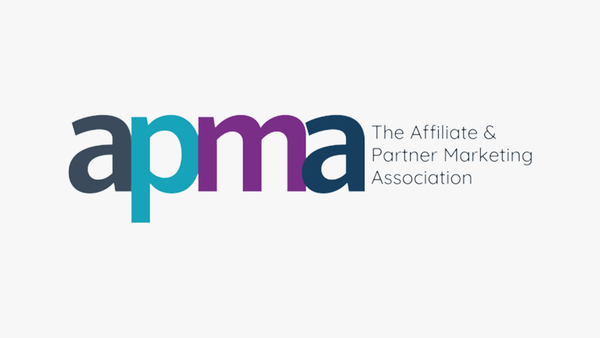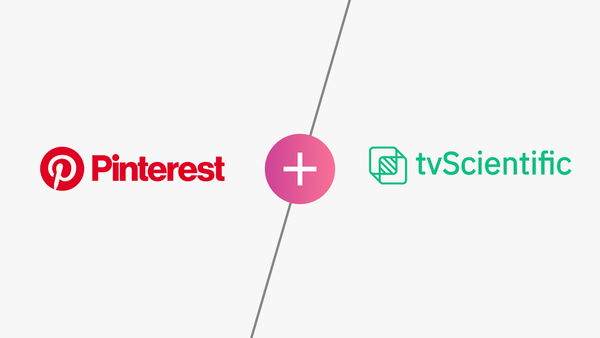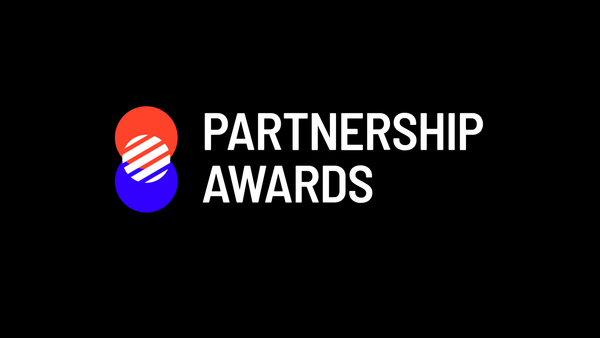Currently in its beta stages, the feature is available via the desktop site to creators who have been invited to test it by YouTube. Users can purchase an ‘applause’ for a standard amount of $2, which is essentially the equivalent to putting money in a ‘tip pot’. The total donations per video will be split 70:30 in the creator’s favour, with YouTube receiving the remainder.
There are four types of ‘applaud’ animations available to purchase. The price varies depending on how much you want to donate to the creator. If you donate more, you’ll get a more elaborate viewer applause, aka, a more extravagant animation, which will appear over the video you’re supporting.
It is important to note that applause purchases are not unlimited; viewers can spend up to “$500 per day, or $2,000 per week on Super Chats, Super Stickers, and Viewer applause combined” – according to Google’s Help Centre.
When released, Youtube creators will simply be able to toggle on or off the applaud feature – it is not yet clear whether YouTuber creators will be able to allow applause on specific videos, or channel wide. Users will see the applause button next to the like and dislike buttons under the video player, and when they click on it to donate, the animation is only shown privately to the buyer.
Previous monetisation features
Prior to the test of the applause feature, users have been able to donate to YouTube creators via Super Chats, a feature that is only available during the time of a live stream, whereas applause allows users to tip the creator’s entire catalog of content.
Donation tools such as Super Chats and applause give creators the opportunity to earn a living from YouTube, driving focus away from ad revenue, which is often inconsistent from video to video. Some creators are unable to earn money from ad revenue at all, due to reasons such as using explicit language or featuring children on their channel.
It will be interesting to examine over time how YouTube creators utilise the applause button as a call to action, and whether they promote it to their audience in a similar way that they do with the ‘subscribe’ and ‘notification bell’ buttons. Perhaps alternative monetisation tools such as this will allow more creators to earn their sole income from sharing content on YouTube.










